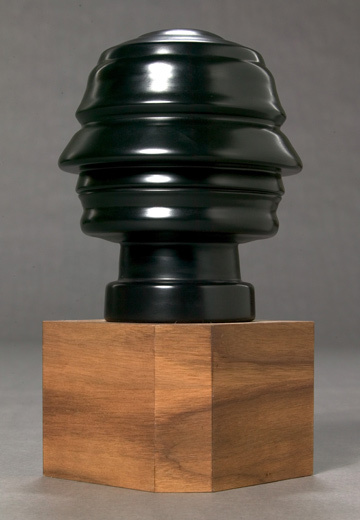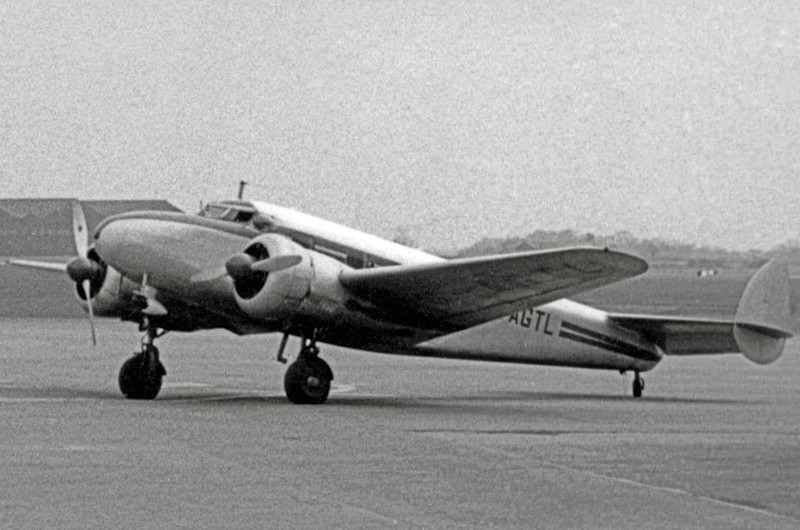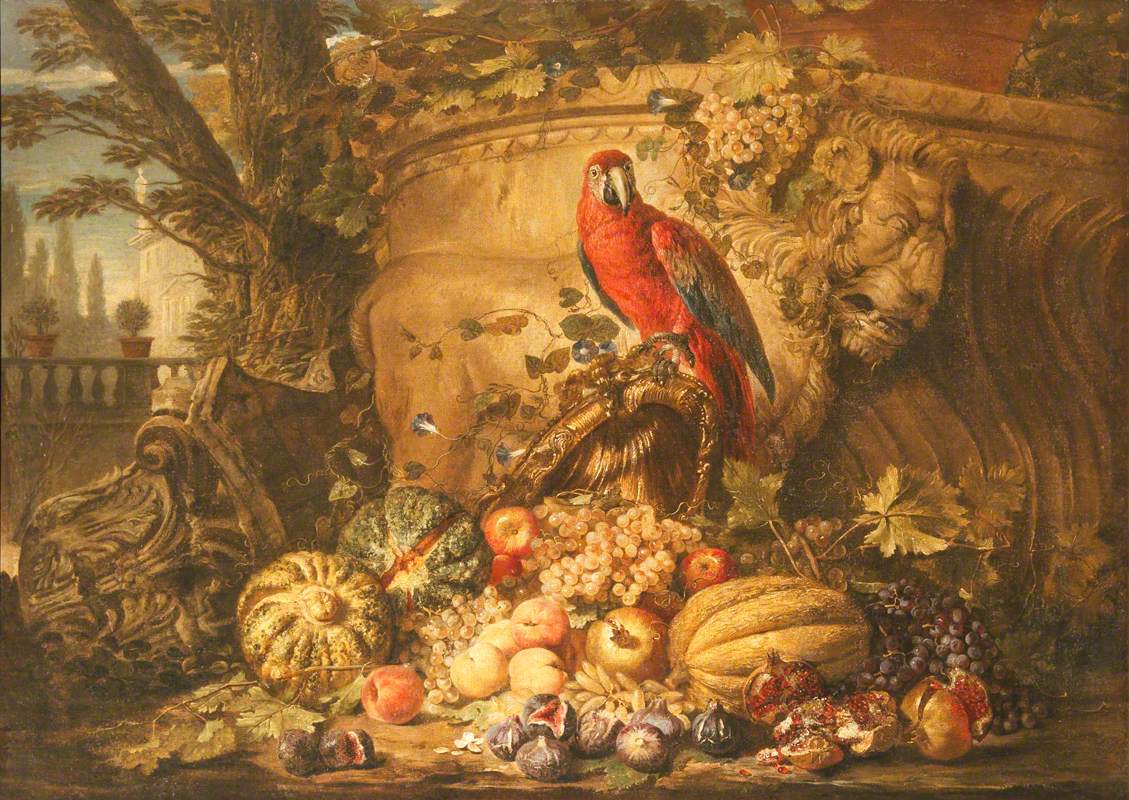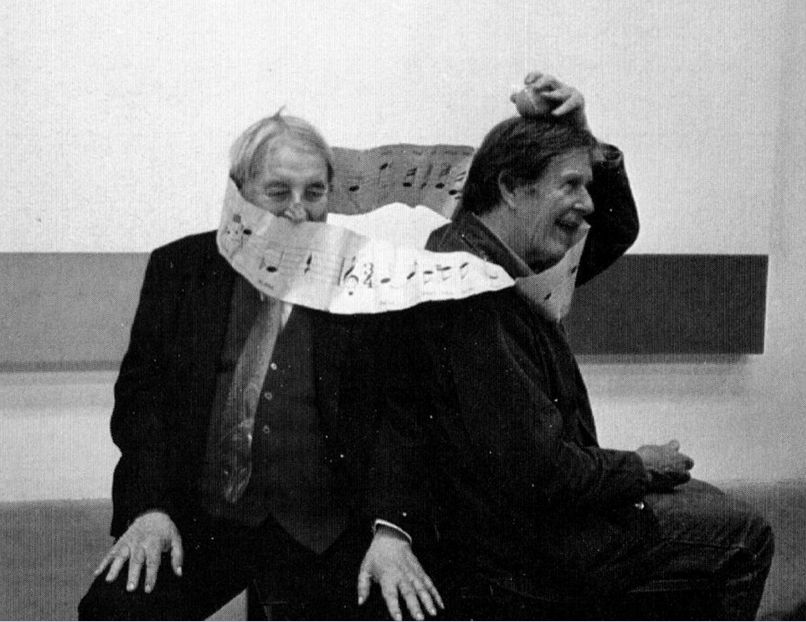In the “language of flowers,” a meaning is assigned to every flower in a bouquet, so that it’s possible to send a message to your beloved without saying a word. The trouble is that different dictionaries give different meanings. In Collier’s Cyclopedia of 1882, they get very specific:
American starwort: Cheerfulness in old age.
Apple (blossom): Fame speaks him great and good.
Balsam, red: Touch me not.
Bay leaf: I change but in death.
Bud of white rose: Heart ignorant of love.
Butterfly weed: Let me go.
Camellia japonica, red: Unpretending excellence.
Camomile: Energy in adversity.
Cape jasmine: I’m too happy.
Carnation, deep red: Alas! for my poor heart.
Chinese chrysanthemum: Cheerfulness under adversity.
Cistus, gum: I shall die tomorrow.
Citron: Ill-natured beauty.
Convolvulus: Worth sustained by judicious and tender affection.
Corchorus: Impatient of absence.
Damask rose: Brilliant complexion.
Geranium, lemon: Unexpected meeting.
Geranium, nutmeg: Expected meeting.
Helmet-flower: Knight-errantry.
Hemlock: You will be my death. [!]
Hundred-leaved rose: Dignity of mind.
Japan rose: Beauty is your only attraction.
Laurestina: I die if neglected.
Locust tree (green): Affection beyond the grave. [!]
Meadow saffron: My best days are past.
Mistletoe: I surmount difficulties.
Mourning bride: Unfortunate attachment. I have lost all.
Mulberry tree (black): I shall not survive you.
Persimmon: Bury me amid nature’s beauties.
Poppy, scarlet: Fantastic extravagance.
Rose, Christmas: Tranquilize my anxiety.
Rose, daily: Thy smile I aspire to.
Scarlet lychnis: Sunbeaming eyes.
Sorrel, wild: Wit ill-timed.
Spindle tree: Your charms are engraven on my heart.
Straw, broken: Rupture of a contract.
Tiger flower: For once may pride befriend me.
Virginian spiderwort: Momentary happiness.
Zinnia: Thoughts of absent friends.
“How charmingly a young gentleman can speak to a young lady, and with what eloquent silence in this delightful language. How delicately she can respond, the beautiful little flowers telling her tale in perfumed words; what a delicate story the myrtle or the rose tells!” But I think only florists could do this articulately.








